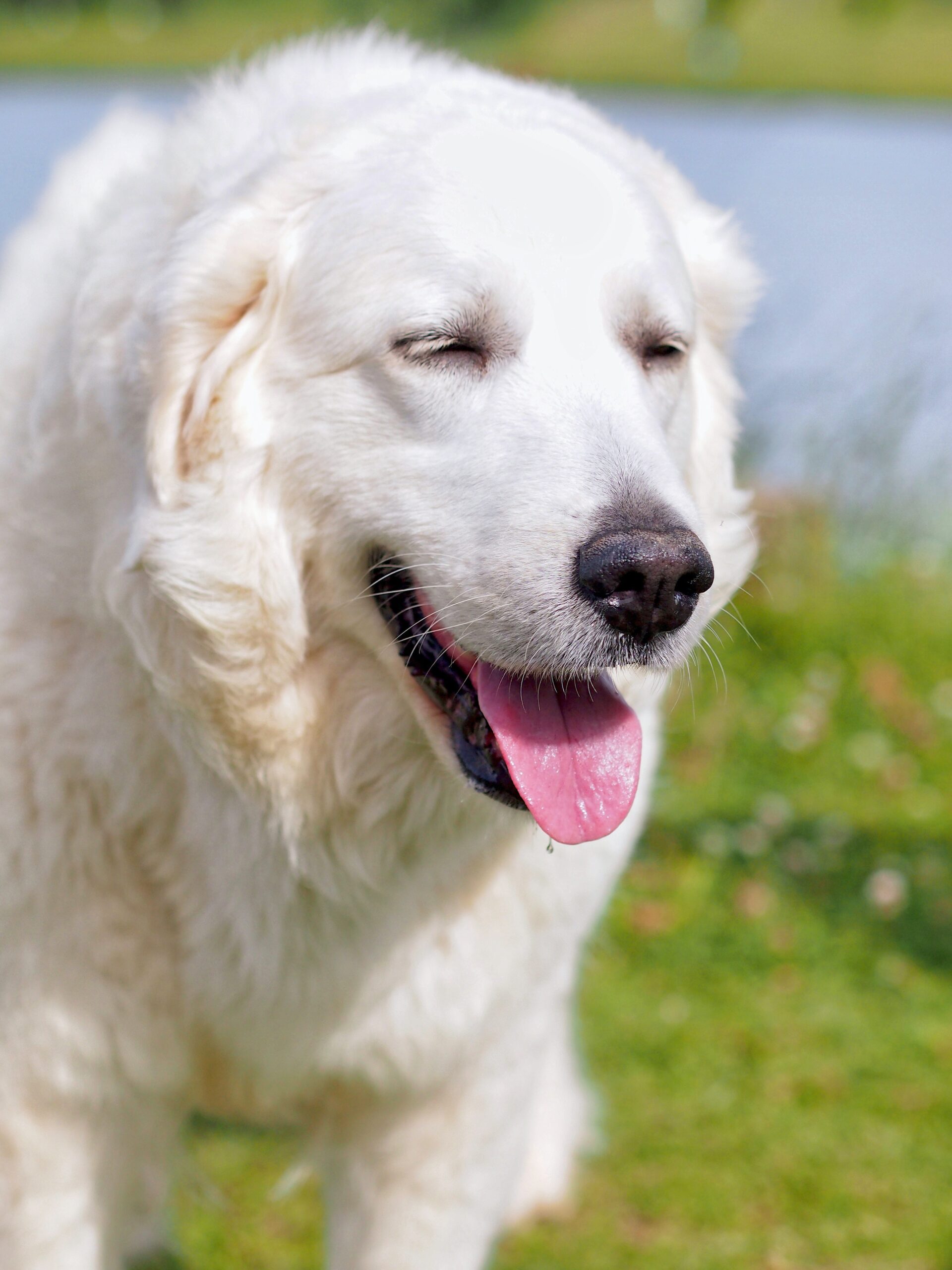The snow-white Kuvasz is Hungary’s beautiful flock guardian and king companion. The imposing and thickly coated Kuvasz, a working dog of exceptional size and power, is a gorgeous, smart, genuinely loyal, but demanding breed.
The Kuvasz (pronounced KOO-vahz; the plural is Kuvaszok, pronounced KOO-vah-sock) is imposing, impressive, majestic, gigantic, and mighty. This snow-white livestock protector with a luxuriant coat can stand up to 30 inches tall and weigh between 70 and 110 pounds. When confronted with a threat, Kuvs are quick-moving, nimble-footed guardians despite their size and power. According to enthusiasts of the breed, the gracefully proportioned head ‘is considered to be the most beautiful element of the Kuvasz.’





 Health
Health Grooming
Grooming Exercise
Exercise Training
Training Nutrition
Nutrition